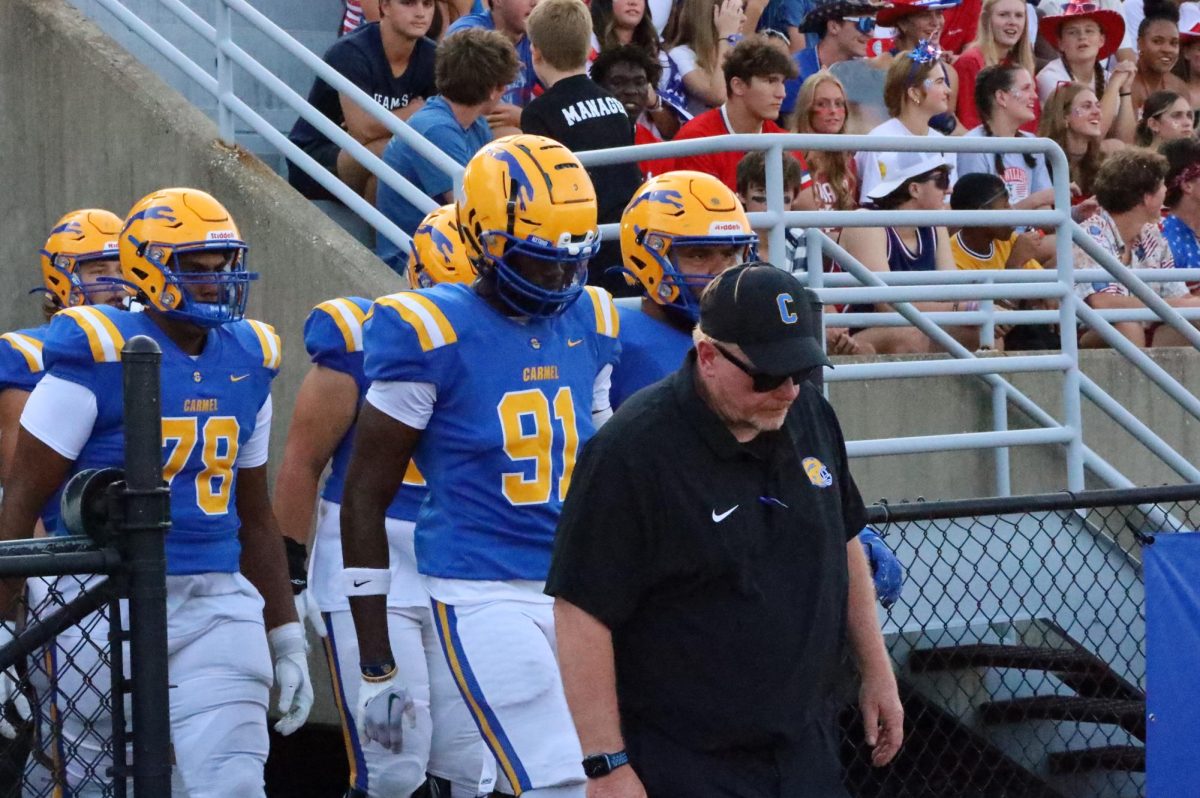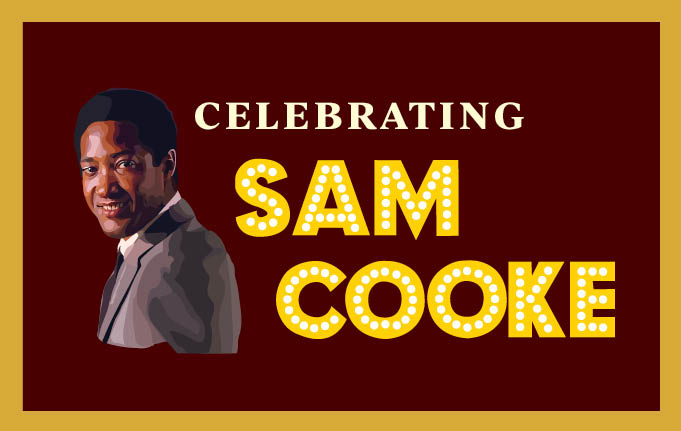On Nov. 6, Democrat Glenda Ritz was elected State Superintendent of Public Instruction, defeating the incumbent, Tony Bennett, previous State Superintendent and Republican. Ritz’s election came as a shock to many Indiana residents, as her campaign was neither as popular nor as heavily advertised as Bennett’s.
However, Ritz’s campaign showed that elections are not always about the money spent during the campaign; rather, her victory focused on two key elements—a good message followed by an effective use of grassroots efforts to spread that message.
Before the start of the campaign, Ritz was relatively unknown to most voters. She is a veteran teacher, having taught for 33 years, and is the president of the Washington Township Education Association. She currently works at Crooked Creek Elementary School in Washington Township.
Ritz’s run for office differed from her opponent’s campaign because hers was strictly a “grassroots campaign.” A grassroots campaign, by definition, is a movement that is driven by the politics of a community. What this means is that the nominee starts his or her campaign with people on a local level, similar to grass growing from roots.
Ritz acquired votes by speaking to people individually as well as using social networking to her advantage to win the election. She turned her focus to winning the votes of teachers, as well as gaining the support of the Indiana State Teacher’s Association and teacher’s unions.
To contrast that approach, according to stateimpact.npr.org, Bennett’s campaign spent over $1 million more than Ritz’s campaign, with most of that money coming from large, out-of-state donors. Ritz’s campaign relied on small-dollar donations to win, and she also utilized a strong aspect of today’s society—social networking, which, interestingly, requires little to no money to use. Much of Ritz’s campaign advertising came through the use of Facebook.
Being a teacher herself, Ritz encouraged teachers to spread the “anti-Bennett” message through word-of-mouth. Every person who donated to Ritz’s campaign received a “campaign-in-a-box,” which included a yard sign, five bumper stickers and campaign postcards, with the idea that the donors would distribute these materials to friends and family members in order to encourage them to vote for Ritz.
Through her use of grassroots campaigning and social networking, Ritz should be admired for representing the modernization of politics. Instead of advertising on a large scale and a large budget, her campaign focused on the more personalized, low-cost approach of receiving votes, symbolizing a slight shift in today’s politics.
Other politicians have recognized this shift. The use of social networking can also be seen in presidential campaigns, such as that of President Barack Obama. According to journalism.com, President Obama’s campaign advertised four times as much as Mitt Romney’s campaign on social media websites such as Facebook, Twitter and YouTube. Obama’s campaigning was evidently successful and the utilization of social networking may have played a key role in his re-election bid.
However, these low-cost and modern campaigning strategies alone were not the only reason Ritz won the election. Her stance on the wellbeing of Indiana schools was important as well. Although Ritz’s campaign was neither as expensive nor as flashy as Bennett’s campaign, her ideas for Indiana schools seemed to ring true with Indiana voters.
Some of her campaign ideas include the readjustment of the teacher evaluations program, as well as the ranking of Indiana schools. Ritz’s low cost, high impact campaign allowed her to deliver her standpoints to Indiana citizens effectively. Her campaign symbolizes the idea that money doesn’t buy elections; the power of a message wins them.
Whatever your political affiliation, Glenda Ritz’s successful campaign illuminates key points about modern-day elections. With as much money as they can involve today, good campaigns are still based on good messages.
Ritz focused on a message that rang true for Indiana voters, and she found a way to spread that message using modern methods that do not rely on huge amounts of money till won by a significant margin. That’s a message that politicians should follow in years to come.






























![Keep the New Gloves: Fighter Safety Is Non-Negotiable [opinion]](https://hilite.org/wp-content/uploads/2024/12/ufcglovescolumncover-1200x471.png)














































![Review: “Wind and Truth” is the perfect ending [MUSE]](https://hilite.org/wp-content/uploads/2025/01/wind-and-truth.jpg)
![Review: Survivor’s 47th season cements itself as one of the greatest seasons of reality television [MUSE]](https://hilite.org/wp-content/uploads/2025/01/Survivor_47_logo.webp)
![Video Review: Carmel Bazbeaux [MUSE]](https://hilite.org/wp-content/uploads/2024/12/Screen-Shot-2024-12-24-at-2.12.20-PM-1200x681.png)
![Review: "Our Little Secret" is a classic holiday movie: cheesy, unrealistic, unnecessarily long [MUSE]](https://hilite.org/wp-content/uploads/2024/12/lindsay-lohan-our-little-secret-netflix-2-e1734904489539-1200x780.jpg)
![Video Review: Carmel BuffaLouie's [MUSE]](https://hilite.org/wp-content/uploads/2024/12/Screen-Shot-2024-12-24-at-2.08.33-PM-1200x685.png)
![Review in Print: Maripaz Villar brings a delightfully unique style to the world of WEBTOON [MUSE]](https://hilite.org/wp-content/uploads/2023/12/maripazcover-1200x960.jpg)
![Review: “The Sword of Kaigen” is a masterpiece [MUSE]](https://hilite.org/wp-content/uploads/2023/11/Screenshot-2023-11-26-201051.png)
![Review: Gateron Oil Kings, great linear switches, okay price [MUSE]](https://hilite.org/wp-content/uploads/2023/11/Screenshot-2023-11-26-200553.png)
![Review: “A Haunting in Venice” is a significant improvement from other Agatha Christie adaptations [MUSE]](https://hilite.org/wp-content/uploads/2023/11/e7ee2938a6d422669771bce6d8088521.jpg)
![Review: A Thanksgiving story from elementary school, still just as interesting [MUSE]](https://hilite.org/wp-content/uploads/2023/11/Screenshot-2023-11-26-195514-987x1200.png)
![Review: "When I Fly Towards You", cute, uplifting youth drama [MUSE]](https://hilite.org/wp-content/uploads/2023/09/When-I-Fly-Towards-You-Chinese-drama.png)
![Postcards from Muse: Hawaii Travel Diary [MUSE]](https://hilite.org/wp-content/uploads/2023/09/My-project-1-1200x1200.jpg)
![Review: "Ladybug & Cat Noir: The Movie," departure from original show [MUSE]](https://hilite.org/wp-content/uploads/2023/09/Ladybug__Cat_Noir_-_The_Movie_poster.jpg)
![Review in Print: "Hidden Love" is the cute, uplifting drama everyone needs [MUSE]](https://hilite.org/wp-content/uploads/2023/09/hiddenlovecover-e1693597208225-1030x1200.png)
![Review in Print: "Heartstopper" is the heartwarming queer romance we all need [MUSE]](https://hilite.org/wp-content/uploads/2023/08/museheartstoppercover-1200x654.png)



